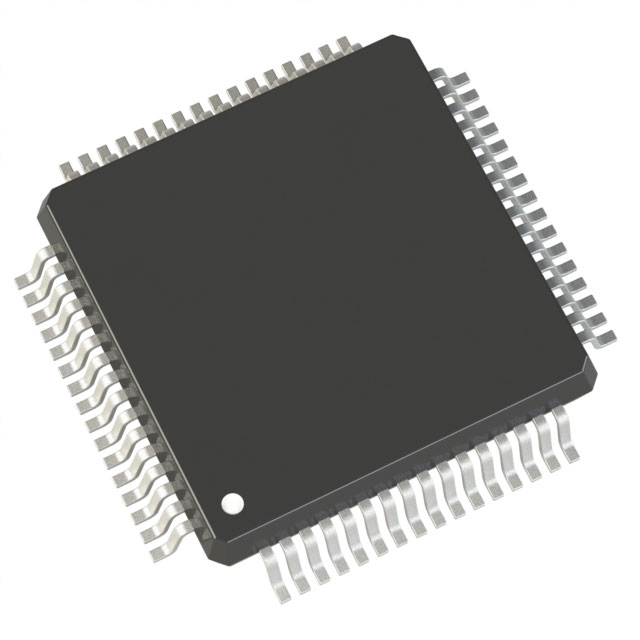

STMicroelectronics
STM32L475RGT6
Microcontrollers



- 1+
- $9.07819
- $9.08
- 10+
- $7.96370
- $79.64
- 30+
- $7.28474
- $218.54

.png?x-oss-process=image/format,webp/resize,p_30)


STM32L475RGT6 Description
The STM32L475RGT6 is a low-power microcontroller unit (MCU) manufactured by STMicroelectronics. It belongs to the STM32L4 series, which is designed for a wide range of applications that require low power consumption and high performance.
Description:
The STM32L475RGT6 is a 32-bit ARM Cortex-M4 MCU with an FPU (Floating Point Unit) and DSP (Digital Signal Processor) capabilities. It operates at a maximum frequency of 80 MHz and is built on a 32 nm process technology. The device features a high level of integration and is available in a 64-pin LQFP (Low Profile Quad Flat Package) package.
Features:
- Core: ARM Cortex-M4 with FPU and DSP
- CPU Frequency: Up to 80 MHz
- Memory:
- Flash memory: 512 KB
- SRAM: 160 KB
- Power Consumption: Ultra-low power consumption with a wide range of power-saving modes
- Connectivity:
- USB OTG (On-The-Go) with HS and FS support
- I2C, SPI, and USART interfaces
- Analog peripherals:
- 12-bit ADC with up to 24 channels
- 2x 12-bit DAC (Digital-to-Analog Converter)
- Operational Amplifier (Op Amp)
- Timers: Advanced control timers, basic timers, and real-time clock (RTC)
- Security features: Secure boot, unique chip identifier, and protection against reverse engineering
- Package: 64-pin LQFP
Applications:
The STM32L475RGT6 is suitable for a wide range of applications due to its low power consumption, high performance, and rich set of features. Some of the key applications include:
- Battery-powered devices: IoT devices, wearables, portable medical equipment, and wireless communication devices
- Industrial automation and control systems: Sensor interfaces, motor control, and industrial gateways
- Smart home and building automation: Smart lighting, HVAC control, and security systems
- Medical devices: Glucose meters, blood pressure monitors, and portable diagnostic equipment
- Consumer electronics: Smart appliances, fitness equipment, and portable audio devices
- Automotive applications: Infotainment systems, body control modules, and power management systems
The STM32L475RGT6's combination of low power consumption, high performance, and a wide range of features make it an ideal choice for developers looking to create energy-efficient and feature-rich embedded systems.
Tech Specifications
STM32L475RGT6 Documents
Download datasheets and manufacturer documentation for STM32L475RGT6
 STM32L475xx Errata
STM32L475xx Errata  STM32L475xx Datasheet
STM32L475xx Datasheet  STM32L475xx Datasheet
STM32L475xx Datasheet  Mult Dev Material Chgs 28/Feb/2023
Mult Dev Material Chgs 28/Feb/2023 Shopping Guide





















.png?x-oss-process=image/format,webp/resize,h_32)










